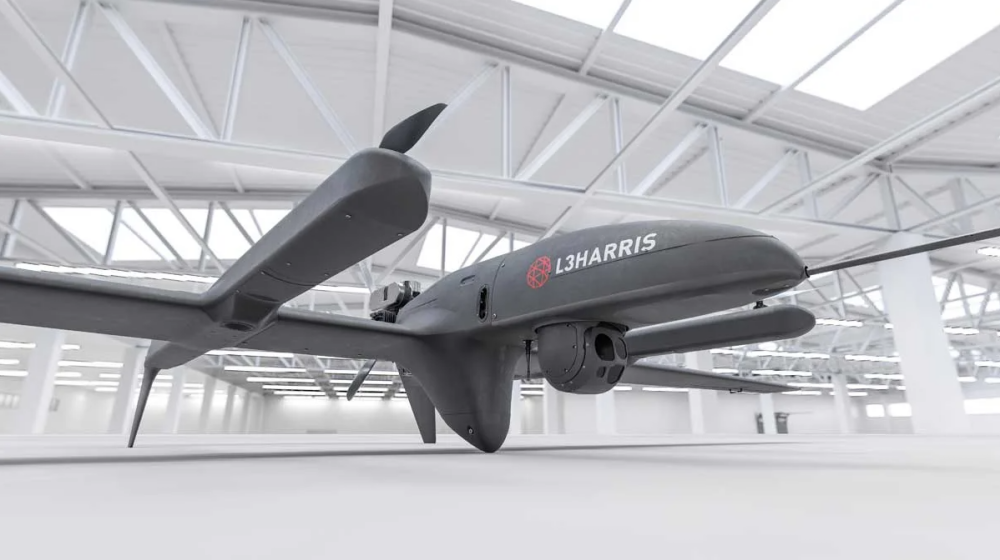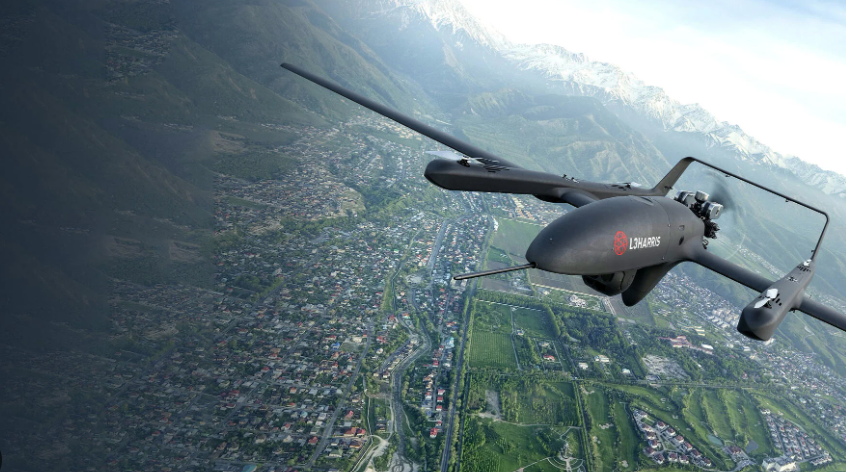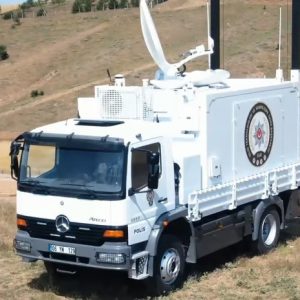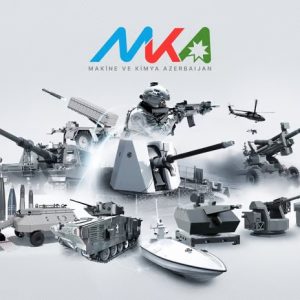The realm of aerospace defense is witnessing a monumental shift with the strategic collaboration between L3Harris and US Navy Collaborate on Variant of FVR-90 Drone. This partnership, transcending traditional defense pacts, underscores the increasing significance of advanced UAV technologies in modern warfare. As we delve deeper into this development, we’ll uncover its potential impact, not just for the US defense apparatus, but for the global defense landscape at large.

Introduction to Modern UAV Evolution
Unmanned Aerial Vehicles (UAVs) have consistently played an instrumental role in reshaping the contours of aerospace defense strategies worldwide. The transition from traditional fuel systems to more advanced propulsion mechanisms stands as a testament to this evolutionary journey. Within this ambit, the collaboration between L3Harris and the US Navy to develop a heavy-fuel version of the FVR-90 drone marks a significant milestone.
The Significance of Heavy-Fuel Drones
Heavy-fuel drones offer a myriad of benefits over their conventional counterparts:
- Operational Longevity: Heavy-fuel systems typically provide longer flight durations, enabling extended surveillance, reconnaissance, and mission operations.
- Logistical Efficiency: Using a universal fuel type across various military assets, from UAVs to ground vehicles, streamlines the supply chain, reducing operational complexities.
- Environmental Considerations: Modern heavy-fuel engines often produce fewer emissions compared to conventional fuel systems, aligning with global environmental goals.
A Deep Dive into the FVR-90 Drone
The FVR-90 is not just another drone in the expansive UAV ecosystem. It epitomizes advanced aeronautical engineering combined with state-of-the-art technology integrations:
- Design Prowess: With its sleek aerodynamic design, the FVR-90 is optimized for stealth operations, minimizing radar visibility.
- Payload Capabilities: The drone boasts a versatile payload system, making it compatible with a range of equipment, from high-resolution cameras to advanced sensors.
- Operational Versatility: Whether it’s high-altitude surveillance or low-altitude tactical operations, the FVR-90 is designed to handle a spectrum of mission profiles.
Inside the L3Harris and US Navy Collaboration
L3Harris’s alliance with the US Navy transcends a mere partnership. It’s a synergistic collaboration aimed at pushing the boundaries of UAV technology:
- Shared Vision: Both entities share a vision of elevating the US defense arsenal by integrating advanced UAV systems.
- Research & Development: Leveraging L3Harris’s extensive experience in aerospace technology and the US Navy’s operational insights, the duo is set to pioneer groundbreaking enhancements to the FVR-90.
- Field Testing: Joint exercises and real-world mission scenarios will be critical in fine-tuning the heavy-fuel variant of the drone, ensuring it meets stringent military standards.
Global Implications of This Development
The L3Harris-US Navy endeavor has broader ramifications on the international defense stage:
- Setting Benchmarks: This initiative will likely set new benchmarks in UAV technology, prompting other nations to reevaluate and upgrade their UAV fleets.
- Strategic Alliances: The success of the heavy-fuel FVR-90 may lead to collaborative ventures between the US and its allies, further strengthening global defense networks.
- Economic Boost: As with any significant defense project, the ripple effect on the economy is substantial. Ancillary industries, from parts suppliers to logistics providers, stand to benefit immensely.
In Conclusion: Charting the Future of UAV Technology
The quest for superiority in the skies is relentless. As adversaries advance, so must the tools and technologies to counter them. The heavy-fuel variant of the FVR-90, born from the collaborative genius of L3Harris and the US Navy, represents more than just technological progression. It symbolizes the future of defense—a future where innovation, strategy, and collaboration converge to safeguard nations. As we monitor this project’s unfolding, it’s evident that the horizon of UAV technology is expansive, promising, and replete with possibilities.











